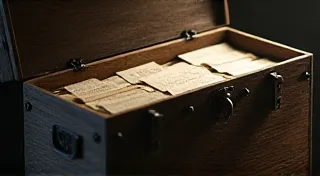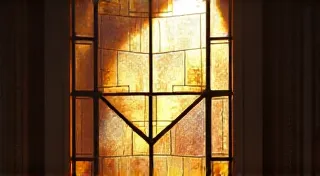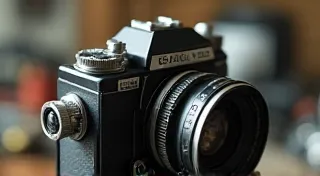The Shadow of Innovation: Considering the Lost Futures of Abandoned Camera Designs
There's a peculiar melancholy that settles over me when I hold a truly unusual vintage camera. It's more than just the smooth coolness of brass or the patina of aged leather. It's the echo of a future that never arrived, a possibility snuffed out before it could bloom. We, as photography enthusiasts and restorers, are custodians of these ghosts – these designs that whispered promises of alternative photographic journeys, only to be silenced by the relentless march of technological progress.
The history of photography isn’t a simple, linear progression. It’s a sprawling, tangled forest of experiments, failed prototypes, and brilliant ideas that simply didn't resonate with the market or, crucially, weren't better than what already existed. Think about the myriad forms early cameras took – from elaborate wooden boxes to intricate folding contraptions with bellows that seemed to defy the laws of physics. Each represents a moment of ingenuity, a craftsman's dream of capturing the world in a new and innovative way. And many of them didn’t just fail commercially; they disappeared, relegated to dusty antique shops or forgotten in attics, their potential unrealized.
I recall discovering a Graflex Stereo camera at a flea market a few years ago. Its twin lenses, built into a surprisingly compact body, spoke of a desire to capture depth and dimensionality in a way that early stereo viewers were craving. It was a clever design, meticulously crafted, yet it ultimately lost out to simpler, less-refined approaches to stereo photography. Holding it, I couldn't help but wonder: what if the Graflex Stereo had found a wider audience? Would the demand for stereoscopic images have evolved differently? Would that have impacted the development of 3D technology itself?
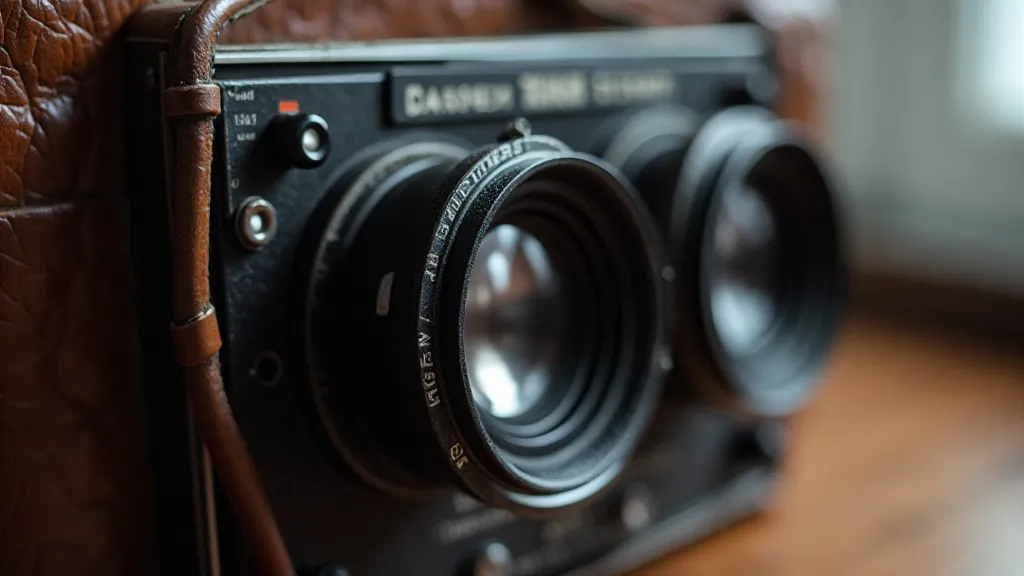
The Alchemy of Craft and Conjecture
Restoring these "lost" cameras isn't just about replacing light seals and cleaning lenses. It’s about understanding the mindset of the people who designed and built them. It's about appreciating the sheer audacity of their ambition. Early camera design often involved a remarkable degree of craftsmanship. Many were hand-built, incorporating intricate mechanisms and meticulously polished components. The precision required was astonishing, especially considering the limited tools and materials available. It’s a tangible link to a world where things were made to last, a stark contrast to the disposability that often characterizes modern technology. Imagine the delicate calibration required to ensure accurate exposures; a process often involving a meticulous understanding of a camera’s internal workings, skills detailed in articles about understanding and repairing common mechanical failures.
The stories behind these cameras are often just as fascinating as the cameras themselves. Sometimes, a brilliant engineer would have a vision for a revolutionary design, only to be dismissed by conservative investors or hampered by production limitations. Other times, a camera might have simply arrived on the market just as a superior technology emerged, rendering it obsolete overnight. Imagine being the engineer who poured years of work into a complex, multi-lens system only to see a single-lens reflex camera come along and steal the show. The disappointment must have been crushing. Maintaining the pristine condition of the lenses on these cameras, and ensuring optimal image quality, requires expertise in cleaning and lubricating vintage camera lenses – a delicate process that honors the original craftsmanship.
Beyond the Beating Heart of the Leica
The Leica's rise to prominence is well-documented. Its compact size and exceptional image quality revolutionized photography. Yet, its success simultaneously overshadowed countless other designs that offered alternative approaches to the photographic process. What about the cameras that experimented with unique shutter mechanisms? The ones that explored different methods of focusing? The ones that dared to challenge the conventional wisdom of the day?
Consider the Dallguerre camera, a relatively obscure device from the early days of photography. It attempted to simplify the lengthy and complicated process of daguerreotyping by incorporating an internal lens and focusing mechanism. It represented an attempt to democratize photography, but ultimately, its complexity and the relative difficulty in producing consistent images hampered its success. Analyzing such designs provides a glimpse into the thought processes of early photographic innovators – the challenges they faced and the solutions they attempted, even if those attempts ultimately failed to achieve widespread adoption. Often, the very mechanisms intended to simplify the process introduced new challenges requiring a deep understanding of mechanical precision.
The Resonance of What Might Have Been
My restoration work often leads me down rabbit holes of historical research. I'm not just trying to make a camera function properly again; I’m trying to understand its place in the larger narrative of photographic innovation. It’s a process of piecing together fragments of information – old advertisements, technical manuals, and personal accounts – to reconstruct the story of a forgotten device. The inherent complexities of older photographic systems often meant that subtle shifts in temperature or humidity could impact functionality. These cameras hold echoes of a time when photographers possessed a more intimate understanding of their equipment and the variables that influenced image creation.
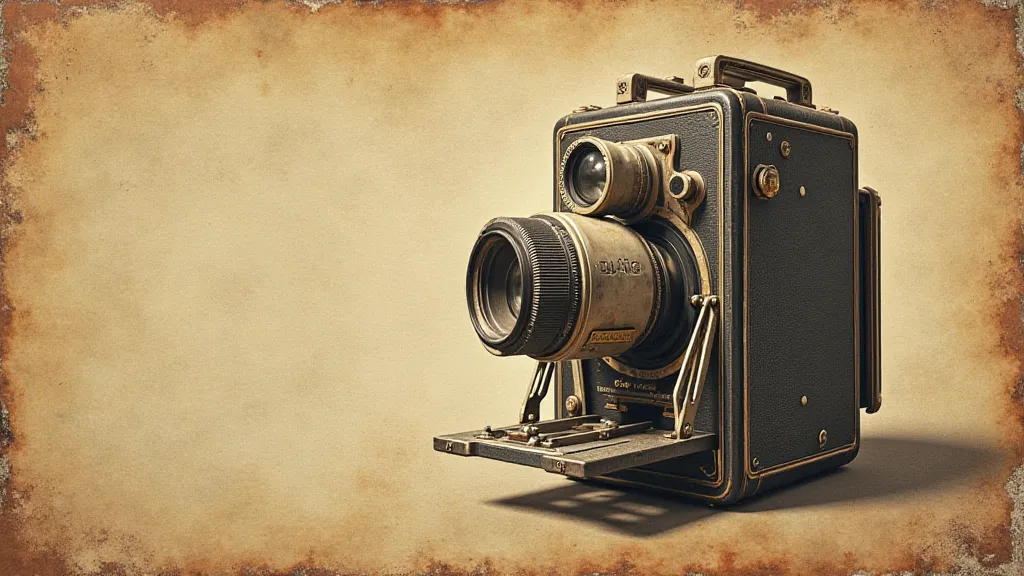
Perhaps the greatest tragedy is the loss of potential. Each discarded design represents a direction that photography could have taken. What if the bulky box cameras had evolved into smaller, more portable devices? What if the early experiments with color photography had yielded more immediate and satisfying results? What if the focus had shifted from image quality to ease of use? The sheer variety of approaches attempted highlights a period of intense experimentation, a “what if” landscape of photographic possibility. Imagine a world where the quest for ultimate portability led to entirely different photographic processes and image-capture technologies.
A Legacy of Lessons
Restoring these “failed” cameras isn’t about romanticizing the past. It’s about acknowledging the ingenuity and creativity that have shaped the photographic landscape. It's a reminder that innovation isn’t always a linear progression, and that even seemingly unsuccessful designs can offer valuable insights into the evolution of technology. They remind us that there's beauty and value in exploring alternative paths, even if those paths don't lead to mainstream success. The lessons embedded within these designs extend beyond mere mechanics; they speak to a broader understanding of innovation and the importance of perseverance.
These cameras serve as a poignant reminder that progress is not solely defined by the technologies we embrace, but also by the paths we abandon. They speak to a time when photography was a more experimental and unpredictable art form – a time when the possibilities seemed endless, and the future was still unwritten. By preserving and restoring them, we’re not just safeguarding pieces of photographic history; we’re keeping the memory of those lost futures alive. The effort required to breathe new life into these machines is a testament to the dedication of photographers past and present.
The next time you pick up an antique camera, take a moment to consider its story. Imagine the hands that built it, the minds that conceived it, and the dreams that it represented. You might just discover a lost world of innovation—a shadow of what might have been. These forgotten inventions force us to question the trajectory of technological advancement and the value of alternative approaches.
It's worth pondering how the pursuit of simpler and more accessible photographic processes, even if initially unsuccessful, may have subtly shaped the user experience and design aesthetics of later, more mainstream cameras.
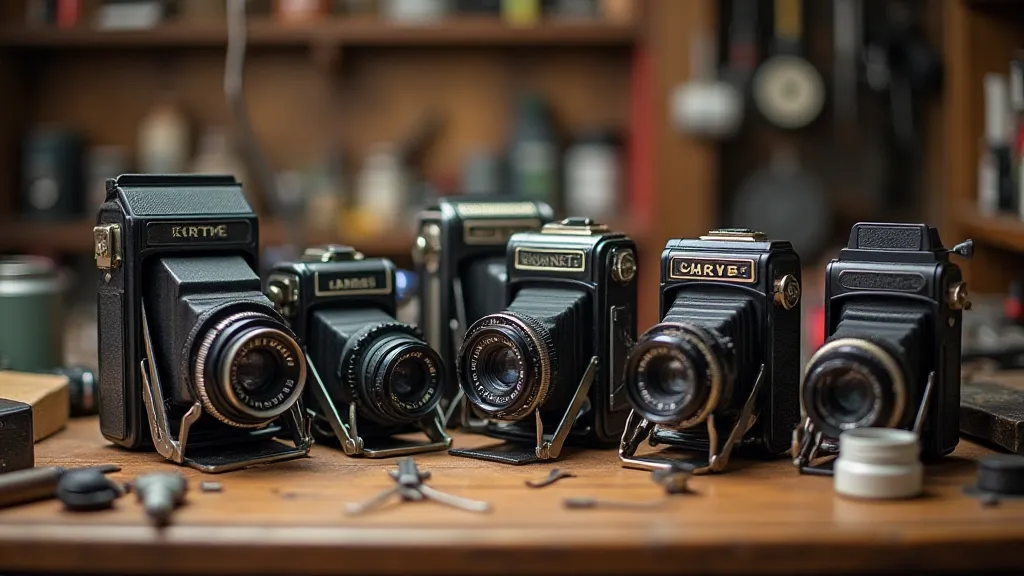
Ultimately, the study of these discarded designs provides a unique perspective on the iterative nature of innovation – a reminder that progress is often built on a foundation of both successes and failures. They offer a window into a different era, a time when the creative process was less constrained by market pressures and more driven by genuine curiosity and a desire to explore the possibilities of a nascent technology. The exploration of what *could* have been, rather than what simply *was*, is a crucial element in understanding the evolution of photographic technology and the human ingenuity that propelled it forward. And these artifacts serve as a tangible connection to that past, offering a glimpse into the minds of those who dared to imagine a different future for photography.
Considering the breadth of experimentation in early camera design, one can't help but wonder about the unexpected consequences of certain technological paths not being pursued. Did the unwavering focus on image quality, while admirable, inadvertently stifle innovation in other areas, such as portability or ease of use? Perhaps a greater emphasis on alternative approaches might have led to a more diverse ecosystem of photographic technologies, each catering to a unique set of user needs and creative visions. The possibilities are endless, and the exploration of these "what ifs" is a testament to the enduring fascination with the history of photography.
